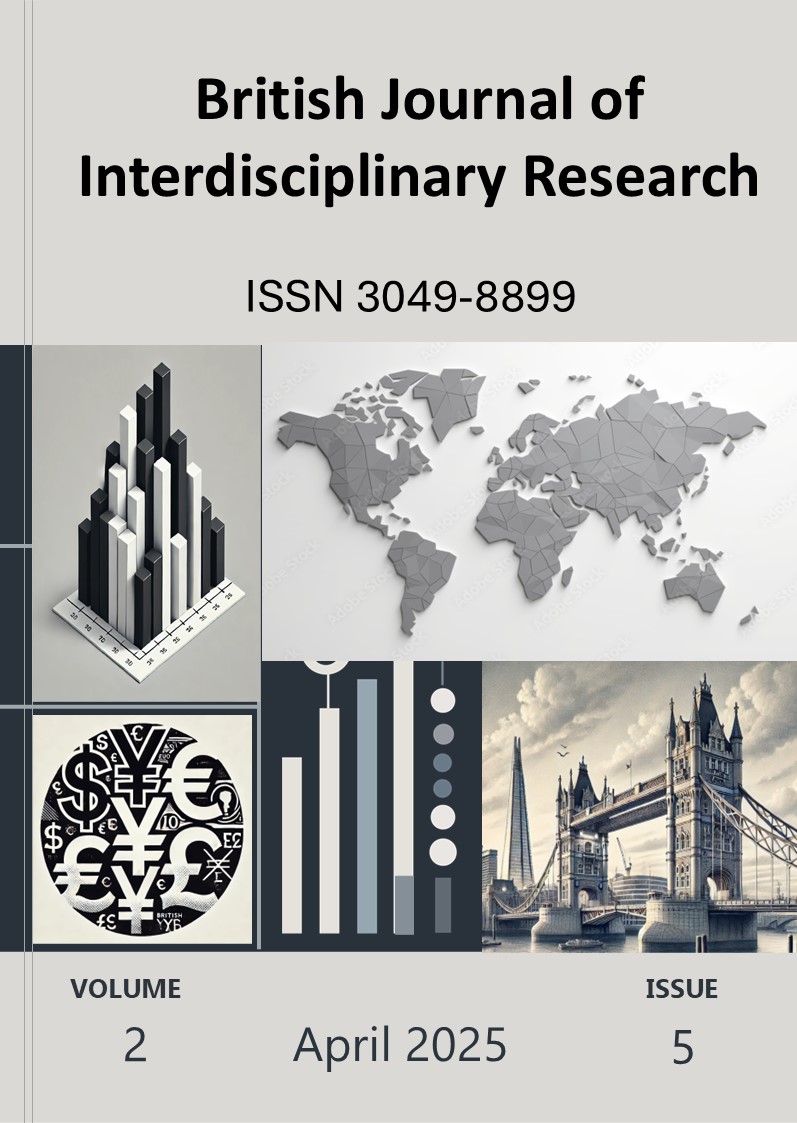Intersectionality of gender and ethnicity in Bessie Head’s Maru
DOI:
https://doi.org/10.31039/bjir.v2i5.34Keywords:
Africa, Feminism, Intersectionality, Marginalization, PatriarchyAbstract
The goal of an intersectional feminist literary analysis is to investigate how the lived experiences of marginalized people are influenced by overlapping oppressive systems, including those based on race, gender, class, and ethnicity. The study adopts feminist theory, with particular reference to intersectionality. The research examines Bessie Head’s Maru. The findings reveal a deeper understanding of the damaging effects of patriarchal ideology on African communities, unravelling the social, cultural, and power dynamics perpetuating gender inequality and marginalization thereby paving the way for comprehensive social change and progress. Head addresses themes of empowerment through female solidarity when other women support Margaret’s quest for acceptance: “In our shared pain lay our strength.” This statement shows how collective experiences among women can foster togetherness against patriarchal structures while revealing their unique struggles shaped by intersecting identities. In conclusion, this study argues that social positioning within society takes a person's situatedness, explaining how a person's intersections affect how they navigate the world.

